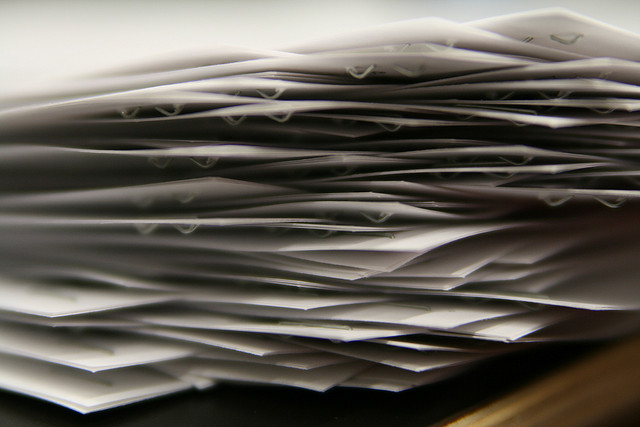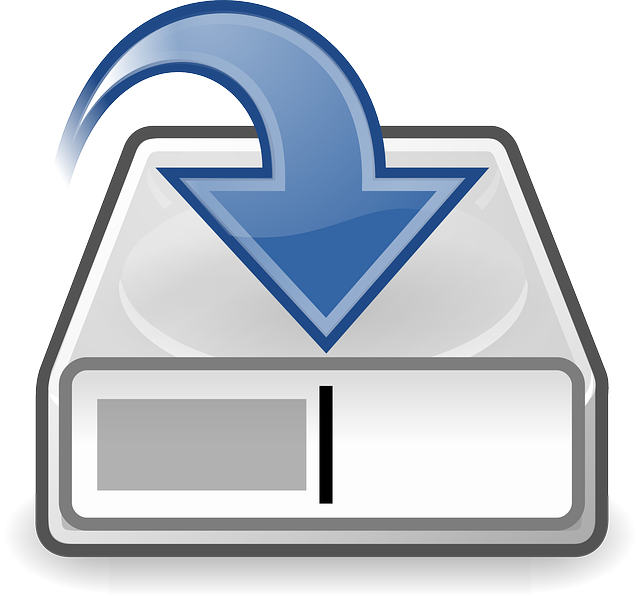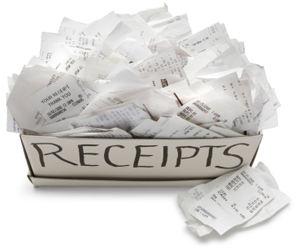Having you been staring at piles upon piles of paper clutter in your home or office and wondering how to go paperless?
Creating a completely paperless workspace is a lot easier than you think.
What’s more, going paperless will save you money, help you stay organized, and increase your focus and productivity.
Here’s how to go paperless in just 3 easy steps:
Step One: Take Inventory
The first step to going paperless at home or at work is taking inventory of the paper clutter you’ve already accumulated.
Whether you have file cabinets that are bursting to the brim, or just a messy desk, your first job is to decide what needs to be kept and what can be recycled.
Sort all of your papers, files, receipts, and business cards into two piles: one for recycling and one for paperless processing.

Once you’re clear on what you need to keep, it’s time to move on to Step Two.
Step Two: Clear the Clutter
In Step One, you created a pile (or garbage bag-full) of documents that were important enough to keep.
But when you go paperless, the truth is that you won’t really “keep” any of your paper documents – at least not in hard copy form.
It’s possible to securely store important documents by converting them to digital documents instead. This will save you space while ensuring that your documents are never lost or damaged. When thinking about how to go paperless, digital documents are the answer!

You have many options for clearing paper clutter by digitizing your documents.
You can….
- scan everything and save it on your computer
- use a receipt scanning service
- snap photos of your documents with your smartphone
Whether you decide to use a service or do it yourself, make sure the documents you scan are organized, stored, and backed up in a secure cloud-based system like iCloud or Google Drive.
Once your paper documents have been scanned, organized, and stored, feel free to recycle everything and further reduce the burden of paper clutter.
Finally, keep in mind that the IRS accepts digital versions of receipts and other documents for tax purposes. Unless it’s an original birth certificate, a deed to a home, or a car title, almost all paper documents can and should be digitized.
Step Three: Create Paperless Systems
In Steps One and Two, you cleared paper clutter from your workspace or home.
But how to go paperless permanently and make sure the clutter doesn’t start to creep back into your life?
The answer lies in creating paperless systems.
Take a look at the systems you currently have in place (i.e. the systems that created the clutter in the first place).
What happens when you get a receipt, print a document, or receive mail?
Chances are you’ve been filing hard copies in a filing cabinet, stuffing receipts in envelopes, or simply tossing paper on your desk.
In order to prevent paper clutter permanently, create rules that you follow every time you find yourself holding a piece of paper.
For example…
- Snap a photo of a receipt as soon as you get it, then toss it before leaving the purchase location
- Set aside one hour on Fridays to scan all the business cards and bills you received that week
- Spend 15 minutes at the end of every workday digitizing the day’s documents
Also, don’t forget to reach out to all of your vendors and contractors and request digital statements instead of paper statements.
When considering going paperless, it’s crucial to dump the clutter you already have. But it’s even more important to keep clutter at bay by eliminating paper each and every day!
